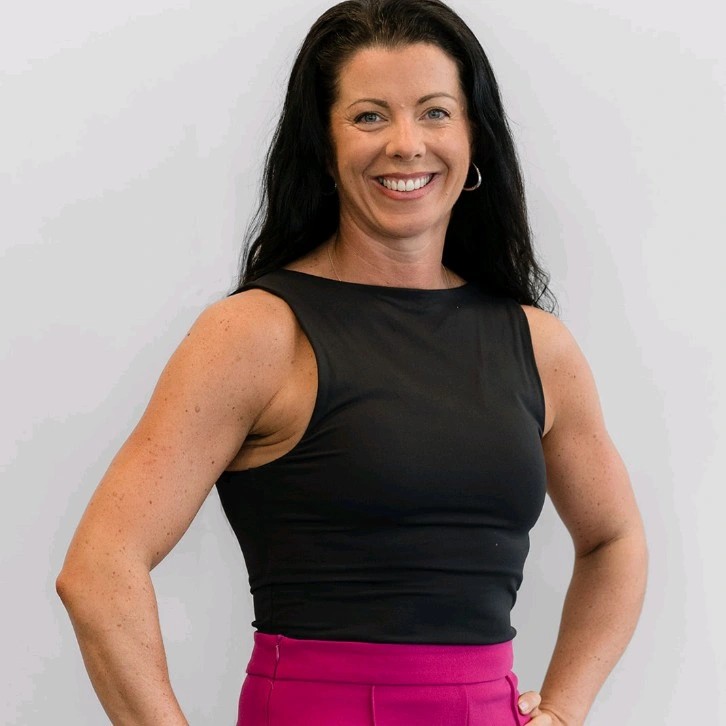
Joseph Pine II is an internationally acclaimed author, speaker, and management advisor to Fortune 500 companies and entrepreneurial start-ups alike. He is cofounder of Strategic Horizons LLP and in 2020 re-released ‘The Experience Economy: Competing for Customer Time, Attention, and Money’, featuring an all-new Preview to their best-selling 1999 book ‘The Experience Economy: Work Is Theatre & Every Business a Stage.’ Modern Law sat down with Joe to discover more about his work and how it can help transform the experiences that law firms offer.
Having popularised the concept, what is the ‘Experience Economy’ and can it be applied to the legal sector both for service providers and law firms?
The Experience Economy is the latest stage in a progression of how businesses create economic value. It began with the Agrarian Economy, based on commodities, which was supplanted by the Industrial Economy, based on goods, which in turn gave way to the Service Economy, and today experiences have become the predominant economic offering. Experiences are memorable events that engage each individual in an inherently personal way, creating a memory as the hallmark of the experience. They are distinct economic offerings – as distinct from services as services are from goods.
If you stage experiences, then your work IS theatre – and no one understands that better than trial lawyers! Also, like most industries today the legal sector is facing commoditisation, as low-cost firms and especially technology create tremendous price pressure. To create differentiation, then, lawyers need to focus now just on what they do, but how they do it. That can turn mundane interactions into engaging encounters.
Now with a brand-new preface, yourself and Gilmore make an even stronger case for experiences as the critical link between a company and its customers. In an increasingly distractible and time-starved world, why are money, attention and time now so interconnected?
These are the currencies of the Experience Economy! Time is limited; we only have twenty-four hours a day, seven days a week in which to experience all that life has to offer – and we have to fit sleep in there some time. But if current or potential clients are spending time with some other company, they are not spending it with you. Likewise, in today’s media-fragmented world attention is increasingly scarce – and if some other company captures clients’ attention, they’re not giving it to you. And money is consumable; if clients spend their money elsewhere, they cannot spend that money with you.
So, the only way to capture people’s time, attention, and money is with an experience so engaging that they spend their time with you, give you their attention, and buy your offerings.
What do you mean in your work by ‘transformative experiences’ and why do they hold the ultimate value to your business?
Ah, this is the concept crucial for the legal sector to understand! Beyond even experiences lies one more distinct economic offering: transformations – the fifth and final level of economic value where customers seek change; they want companies to help them achieve their aspirations. It might be to go from flabby to fit with fitness centres, from sick to well with hospitals, from smoker to non-smoker with cessation programs, from mediocre golfer to single-digit handicapper through coaching — among a host of examples that could be cited, for we all have aspirations we desire to come to fruition that are as individual as we are.
This is especially important for people who sell to other businesses (including in-house legal activity), for no business buys your offering because they want your offering; it is but a means to an end. If you sell the end, rather than the means, then you will create greater economic value.
And perhaps – if you forgive – no sector is less desired than legal (unless it be accounting). All lawyers need to view themselves as in the transformation business, understand the aspirational jobs of individual clients – aspirants would be a better term here – and guide them in achieving those aspirations.
Please discuss what you mean by the term ‘customer sacrifice’ and how can one look to eliminate it?
Let me contrast it with something we all know – customer satisfaction, which measures how well a company meets (or not) our expectations. But expectations often have nothing to do with what we really and truly want and need. So, we need to measure customer sacrifice – the difference between what some individual wants exactly and what they have to settle for today.
Once we discover dimensions along with people sacrifice by putting up with standard offerings, then we can design offerings that we can mass customise to each individual customer, primarily through modularity, like LEGO building bricks or, even more robustly, with the zeroes and ones of digital technology.
How can savvy law firms excel by offering compelling experiences for their customers, resulting not only in increased customer allegiance but also in a more profitable bottom line?
I suggest starting with the transformation level, actually, and then figure out the set of experiences required to guide clients in achieving their aspirations. The first such experience is diagnosis – determining the client’s aspirations and where they are today relative to them. Then you design the set of experiences that take them to that higher level – which in turn are built atop the legal service activities you do for them. The last stage is follow-through. Not “follow up” – just checking in – but ensuring that the transformations take hold over time (and, yes, that may just mean a retainer relationship of some sort….).
As for designing the experiences themselves, in our 2020 re-release of The Experience Economy: Competing for Customer Time, Attention, and Money we introduced five core elements of experience staging, the last of which is transformative. So in addition to that, you need to create and stage experiences that are robust – that hit the sweet spot between entertainment, educational, escapist, and esthetic experiences {note: not “aesthetic”; we call it our 4E model!]; cohesive – that are organised around an underlying principle, called the theme; personal – that reach inside of people and engage them, ideally using the mass customisation principles I mentioned earlier; and dramatic – that not only employ acting as a model but have a dramatic structure to them that rises to a climax and comes back down again.
If you do all that, you cannot help but design engaging, remarkable, and memorable experiences for your clients.
Let’s say hypothetically you make all these changes you suggest to your law firm. How do you then determine the ROI of experience improvements?
Measuring experiences and transformations is still more an art form than a science, but the effects of it in client acquisition and retention as well as greater revenue and profits should be easy to see – if, that is, one follows the prescriptions we’ve been talking about.
And one clear way to see the ROI is to charge explicitly for experiences and transformations. Services are about time well saved – doing the functional activities better than I could do, saving clients the time it would take them (including going to school and passing the bar!), time they could better spend elsewhere. So one charges for those activities via hours spent on such activities.
Experiences offer time well spent – clients value the time they spend with you, whether because they learn more (often about themselves and their business), gain confidence in the potential outcomes, find value in improving their own processes, and so forth. So experience stagers charge for time customers spend with them via admission fees, membership fees, or other ways. Note this is not charging for time and materials – that’s the lawyers’ time and materials, not customer time!
And transformations generate time well invested, in that they gain outcomes that provide compound interest and yield dividends now and into the future. Transformation companies should therefore charge for the demonstrated outcomes that customers achieve! That makes the company’s (or legal function’s) income dependent on the client’s outcome. I’ve long said that any company that helps its customers become – to use Ben Franklin’s famous phrase – healthy, wealthy, and wise will eventually move to outcomes-based compensation.
One doesn’t have to charge solely for experiences and transformations; a portion, perhaps the majority, of revenue could be via service activities, with specific experiences charging for time and with a significant slice via outcomes.
Before we finish, it’s important to underline that when you speak of experiences, you don’t mean ‘customer experience’ do you?
Even though the CX movement came about because of the shift into today’s Experience Economy, so-called “customer experience” is not the same thing as what I am talking about. CX involves making our interactions with customers nice, easy, and convenient – but these are service characteristics, not elements of experiences. Nice is nice, but rarely does it rise to the level of memorability. Easy often means we routinise things to make it easy for our employees to service customers, but that gets in the way of making the encounter memorable. And convenience is the antithesis of experience staging, providing only time well saved, not time well spent. Experiences, which again are a distinct economic offering, cannot be frictionless; they require friction to create that dramatic structure necessary for engagement.




